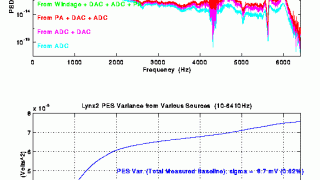
48 min
Intermediate
Video
Theory
Link to External Site
This is the recorded talk of the paper by the same title.
Radioactivity
0

